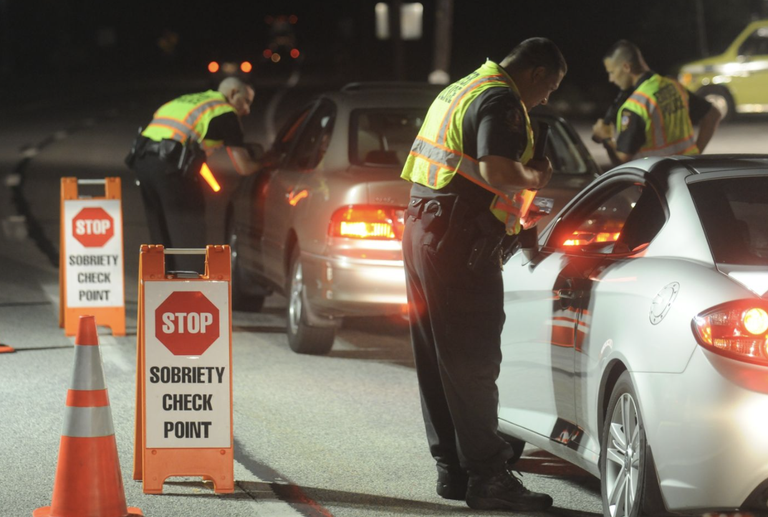To make safer streets, design them for drunk drivers
Traffic Safety Pulse News
 (Bloomberg) New data has been discovered that sheds light on an unseen crisis: the rise of “accidental” deaths and injuries, a broad category that includes falls, drownings, poisonings, fires and more.
(Bloomberg) New data has been discovered that sheds light on an unseen crisis: the rise of “accidental” deaths and injuries, a broad category that includes falls, drownings, poisonings, fires and more.
To summarize, “accidental” covers the ways people die by injury, outside of violence or disease, and it’s skyrocketing as a cause of death in the U.S. Accidents killed some 173,000 people in 2019. By 2020, the accidental death toll jumped to more than 200,000.
These disparate dangers have a lot in common, starting with what can be done to address the crisis. One unlikely example comes from Utah: In 2017, then-Governor Gary Herbert lowered the legal drinking limit for licensed drivers from 0.08 blood-alcohol concentration to 0.05. The change made Utah the state with the lowest blood-alcohol content limit in the U.S.
Beyond the limit change, Utah didn’t do much else. There was no publicity blitz of public service announcements; there was no spike in arrests for driving under the influence. By 2019, only half of drinkers surveyed even knew about the new law.
But a year after the law went into effect, traffic-related injuries in the state declined, crashes declined, and drunk driving incidents — at every level of intoxication — declined. Meanwhile, alcohol sales in Utah increased.
The oddity of selling more alcohol and reducing drunk driving without increasing public education or enforcement can be explained by what Utah did before lowering the DUI threshold. The state undertook an expansion of its public transit systems, as Streetsblog’s Kea Wilson reported. Express bus lanes were created, service frequency was increased, and free transit rides were offered to state college students.
Such measures are counterintuitive to how we normally deal with drunk driving — and every other brand of accidental death. Typically, the government responds to the risks created by our mistakes and bad decisions with teaching and policing. Instead, Utah provided a routine, reliable and accessible route home — for everyone, including those who use alcohol or other drugs.
Dr. Susan P. Baker, an epidemiologist who founded the Johns Hopkins Center for Injury Research and Policy, says this approach to accident reduction is controversial, but effective.
Planning our built environment with an acceptance that people do make mistakes is far from a moral hazard — rather, it is an ethical gift that understands humans are fallible, and that personal responsibility will not save us all. When we make the world safe for drunks, then, we are all better off.
